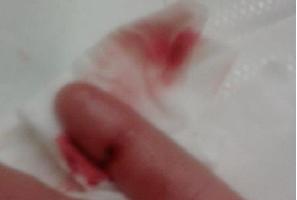
Blood
Description
Fluid that circulates throughout the heart, arteries, veins and capillaries carrying nourishment, electrolytes, hormones, vitamins, antibodies, heat, and oxygen to the tissues and taking away waste matter. Blood consists of 22% solids and 78% liquid. Red blood cells are formed at the rate of 2 million per second. Within a tiny droplet of blood, there are 5 million red blood cells, 300,000 platelets and 10,000 white cells. The human body contains from 8- 10 pints of blood.
Function
Colour
From dark to bright red.
Shape
liquid.
Location
In heart, arteries, veins and capillaries.
Description
Fluid that circulates throughout the heart, arteries, veins and capillaries carrying nourishment, electrolytes, hormones, vitamins, antibodies, heat, and oxygen to the tissues and taking away waste matter. Blood consists of 22% solids and 78% liquid. Red blood cells are formed at the rate of 2 million per second. Within a tiny droplet of blood, there are 5 million red blood cells, 300,000 platelets and 10,000 white cells. The human body contains from 8- 10 pints of blood.
Function
- Supply of oxygen to tissues.
- Supply of nutrients such as glucose, amino acids, and fatty acids.
- Removal of waste such as carbon dioxide, urea, and lactic acid.
- Immunological functions, including circulation of white blood cells, and detection of foreign material by antibodies.
- Coagulation, which is one part of the body's self-repair mechanism.
- Messenger functions, including the transport of hormones and the signalling of tissue damage.
- Regulation of body pH.
- Regulation of core body temperature.
- Hydraulic functions.
Colour
From dark to bright red.
Shape
liquid.
Location
In heart, arteries, veins and capillaries.
 RSS Feed
RSS Feed
